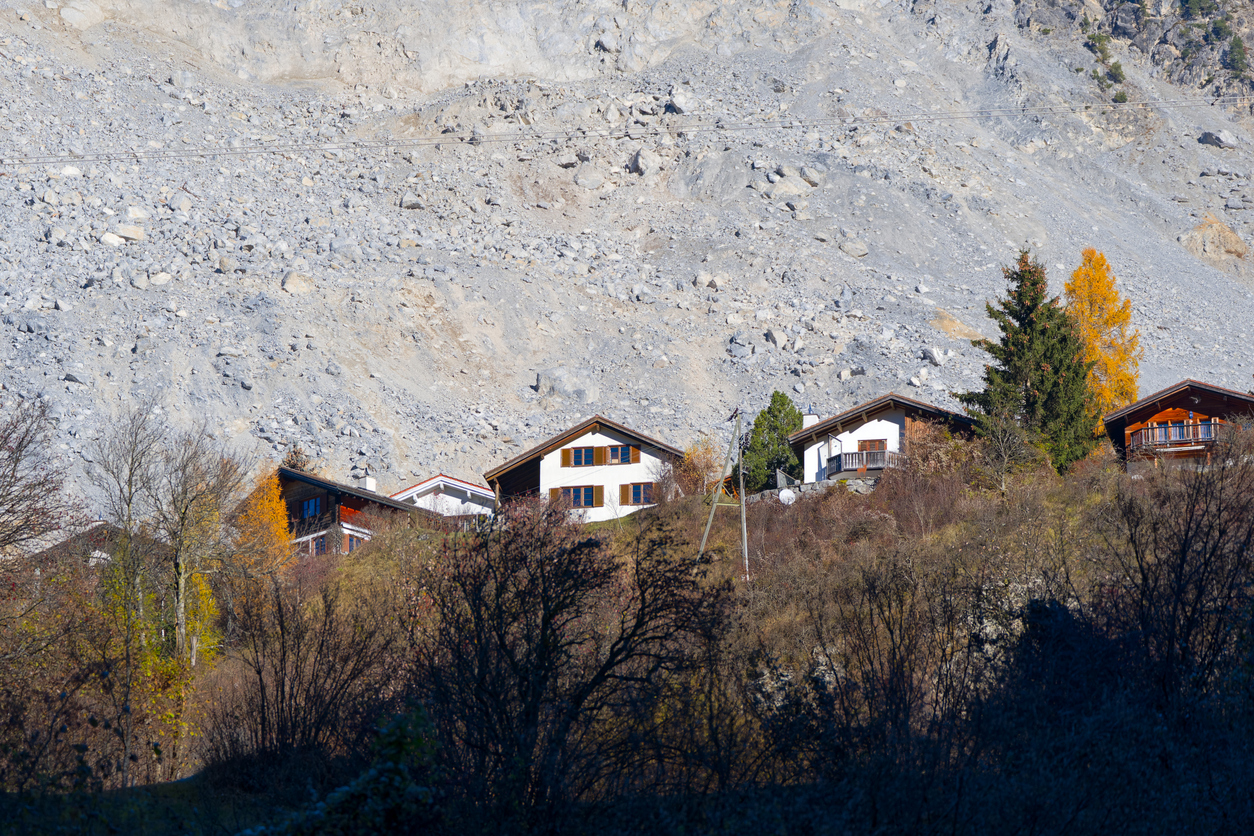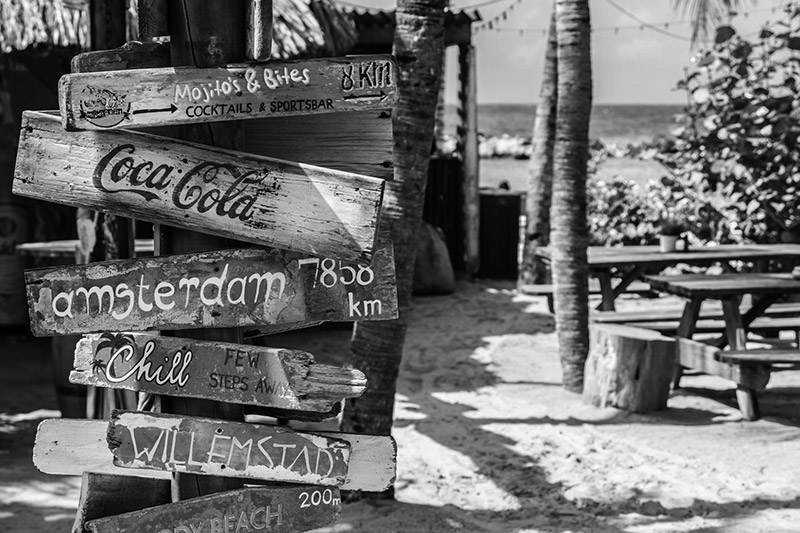Increasing natural events in the Alps
The Blatten landslide will be remembered – not least because it is not an isolated incident and is unlikely to remain so. There have been comparable events in Brienz GR (major landslide in 2023; rock activity with evacuation in October 2024) or in Kandersteg BE, where the impending demolition of the „Spitzen Stein“ is causing concern.
Reactions from the property markets so far
How are the property markets in risk zones developing? Is the holiday apartment market in the Swiss Alps affected overall?
According to a report by Wüest Partner, between 2022 and 2024, only eleven properties in the highest risk class 5 for debris flows were sold. Although this data is limited, the prices of these properties were on average 30% below those of comparable properties outside the hazard zones. In hazard classes 3 and 4 (medium to increased risk of debris flow), the price decline was significantly lower at just 0.6 %.
Overall, the figures show that Across all recorded natural hazards (floods, surface runoff, landslides, avalanches, hillslope debris flows), the price declines in zones 3 and 4 (low to medium hazard) were only between 0.6% and 1.4%.
A remarkable paradox can be seen in the area of avalanche danger: in danger zones 3 and 4, prices rose by up to 8.1 % during the period under review. Only in zone 5 was a price reduction of 4.9 % recorded. Many of the properties concerned are in attractive locations with spectacular views. For many prospective buyers, the residential or holiday experience apparently outweighs the perceived risk. This development also emphasises the continued high stability of the second-home market in Switzerland.
Conclusion
A general collapse of the second-home market in the Alps is not to be expected at present. Nevertheless, the Blatten landslide has attracted widespread media attention and significantly increased awareness of natural hazards – both among the population and among authorities and financial institutions. It is therefore to be expected that the framework conditions for property purchases (including more precise hazard zones and stricter lending criteria) will become more stringent in future.
One thing is certain: Natural hazards – especially debris flows – remain a key issue for mountain regions and pose challenges for the stakeholders involved at many levels.


